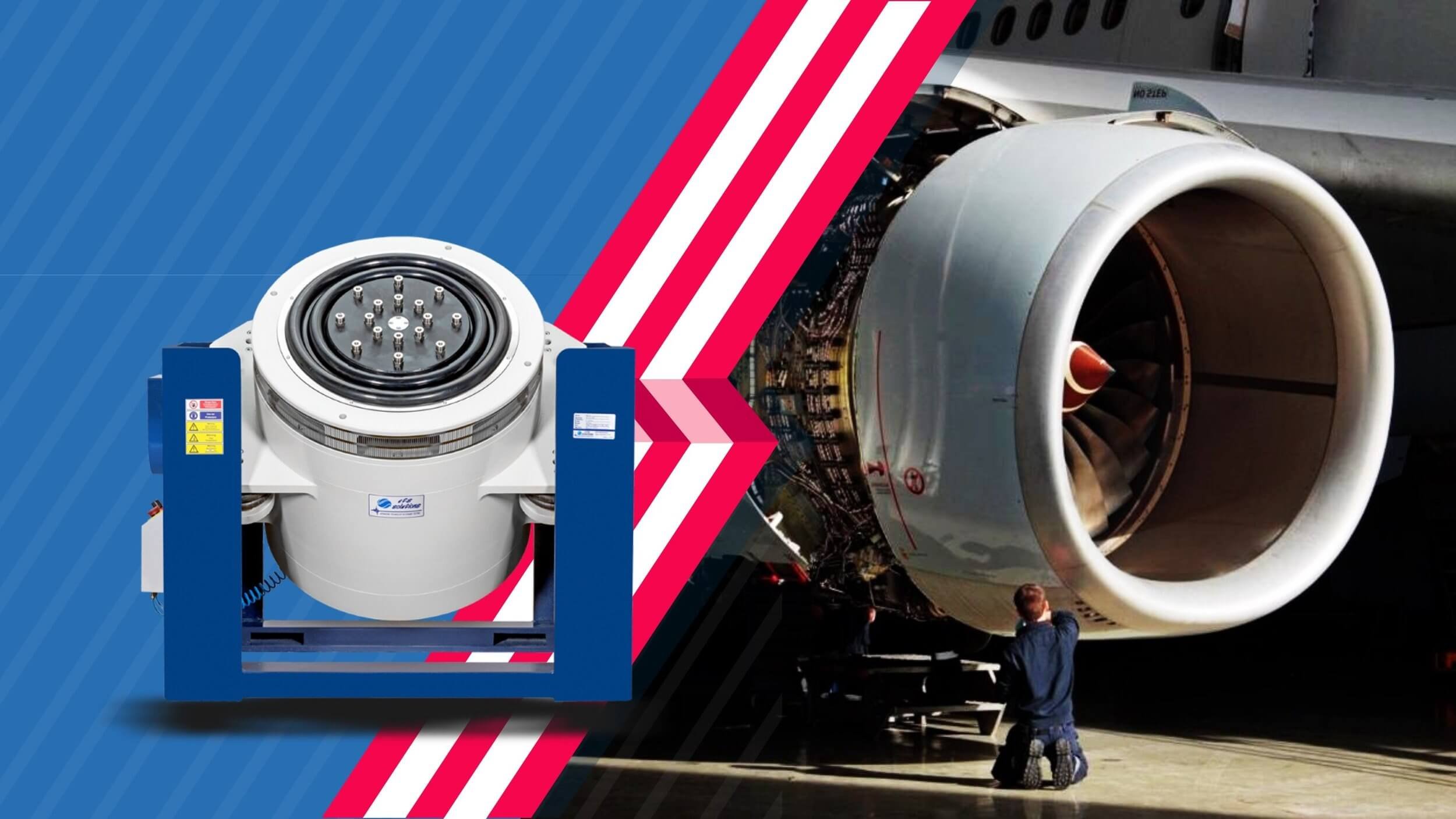Vibration Testing Standards for Aerospace Manufacturers
Vibration testing requirements for an aerospace manufacturer are typically guided by various industry standards designed to ensure that components and systems can withstand the rigors of operation in the demanding aerospace environment. These standards dictate the specific conditions under which vibration testing must be conducted, including the frequency range, acceleration levels, duration, and testing axes.
Below are the primary standards and their key requirements:
1. MIL-STD-810G (Military Standard)
Purpose: This standard is used extensively in both military and commercial aerospace applications to determine the environmental effects on equipment.
Vibration Testing Requirements:
Frequency Range: Typically from 5 Hz to 2,000 Hz, depending on the component being tested.
Acceleration Levels: Can range from 0.5g to 50g or more, depending on the application.
Test Duration: May involve several hours of testing per axis, often requiring testing in all three orthogonal axes.
Types of Tests:
Sine Sweep Test: A continuous change in frequency to identify resonant frequencies.
Random Vibration Test: Simulates a broad spectrum of vibration frequencies occurring simultaneously.
Shock Test: Simulates the impact or sudden forces that the equipment might encounter.
Test Conditions: Includes temperature and humidity variations to simulate environmental conditions during flight.
2. RTCA DO-160 (Environmental Conditions and Test Procedures for Airborne Equipment)
Purpose: This standard is used for certifying avionics and other airborne systems.
Vibration Testing Requirements:
Frequency Range: 10 Hz to 2,000 Hz, covering typical in-flight vibration conditions.
Acceleration Levels: Typically between 0.2g and 10g for avionics, but higher for structural components.
Test Duration: Tests may run for hours, with varying levels of vibration applied.
Types of Tests:
Sine Sweep: To determine resonant frequencies.
Random Vibration: To simulate the continuous, varying vibrations encountered during flight.
Mixed Mode: Combining sine and random vibrations to simulate complex environments.
Test Axes: Vibration testing is typically conducted along three orthogonal axes.
3. NASA-STD-7001 (NASA Technical Standard)
Purpose: This standard is used for vibration testing of spacecraft and associated hardware.
Vibration Testing Requirements:
Frequency Range: Generally from 20 Hz to 2,000 Hz for component-level testing.
Acceleration Levels: Typically from 3g to 10g, but can be much higher depending on the mission profile.
Types of Tests:
Sine Sweep: For identifying resonances.
Random Vibration: To replicate the operational environment of launch and spaceflight.
Shock Test: For simulating impact forces during launch and other critical phases.
Test Conditions: Includes thermal and vacuum conditions, simulating space environment.
4. ISO 7137 (Environmental Conditions and Test Procedures for Airborne Equipment)
Purpose: Provides guidelines for the environmental testing of airborne equipment, often used in conjunction with DO-160.
Vibration Testing Requirements:
Frequency Range: Typically from 10 Hz to 2,000 Hz.
Acceleration Levels: Variable, depending on the specific equipment and application.
Test Duration: Depends on the equipment’s operational requirements, often hours per axis.
Types of Tests: Similar to those required by RTCA DO-160.
5. EUROCAE ED-14 (Environmental Conditions and Test Procedures for Airborne Equipment)
Purpose: Similar to RTCA DO-160, this standard is used for European aerospace projects.
Vibration Testing Requirements: Aligns closely with those of RTCA DO-160 and ISO 7137.
General Requirements Across Standards:
Test Axes: Testing is generally required along three orthogonal axes to ensure all aspects of potential vibration exposure are covered.
Combined Environment Testing: Often, vibration tests are combined with other environmental factors such as temperature, humidity, and pressure to simulate real-world operating conditions.
Documentation and Reporting: Detailed documentation of test conditions, procedures, and results is required to demonstrate compliance with the relevant standards.
These standards ensure that aerospace components are rigorously tested to meet the high demands of flight, helping to ensure the safety and reliability of the systems used in aircraft. By following these standards, aerospace manufacturers can validate the durability and performance of their products, reduce the risk of failure, and comply with industry regulations.
How ETS Solutions' Shakers Can Help Aerospace Manufacturers
At ETS Solutions, we understand the critical importance of meeting stringent aerospace standards such as MIL-STD-810G, RTCA DO-160, NASA-STD-7001, ISO 7137, and EUROCAE ED-14. Our advanced vibration shakers and electrodynamic shakers are specifically engineered to deliver the precision and reliability required to conduct these rigorous tests.
With a broad frequency range, high acceleration capabilities, and superior control systems, our shakers provide aerospace manufacturers with the tools they need to accurately simulate real-world conditions. This ensures that their components meet the highest standards of durability and performance, reducing the risk of failure and ensuring compliance with all relevant regulations.
By choosing ETS Solutions, aerospace manufacturers can trust that their vibration testing processes will be both thorough and effective, helping them bring safer, more reliable products to market.

